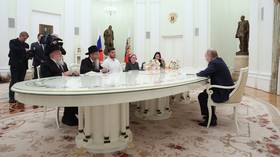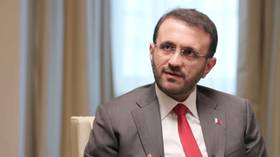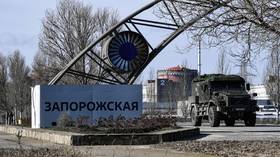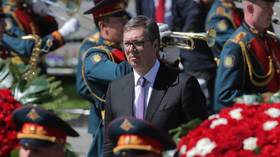Monastery bells toll after trans-Atlantic odyssey
A welcoming ceremony in St. Petersburg has marked the first ringing of the famous Danilov bells on Russian soil for 78 years. Weighing several tons each, they were put on a temporary belfry in St. Isaac's Cathedral, where their unique tone rang out to mar
The bronze bells were to be reduced to scrap metal in 1930 by the Bolsheviks, who had closed down the Danilov monastery and launched a campaign against religion, the “opium of the proletariat”.
But by chance an American industrialist, Charles Crane, heard them while travelling in Russia and, enchanted by their sound, offered to buy them for the price of scrap bronze.
He donated the bells to Harvard University, where they rang out for 78 years and were known as the Lowell House bells.
Eventually though, Russia decided they wanted the bells back. Years of negotiations resulted in a deal whereby the bells would return to the Danilov monastery, and in exchange Harvard would be given exact replicas, cast in a foundry in the Voronezh region of Russia.
A bell-ringing festival and a blessing by the Patriarch of the Russian Orthodox Church, Alexey II, marked their departure from Boston in June after the university’s commencement ceremony.
The bells' amazing odyssey took them from the port of Boston, across the Atlantic, through Germany and then on to St. Petersburg, where a welcoming ceremony was held on Sunday, attended by a delegation from Harvard.
On September 12 they will arrive back in the Danilov monastery in Moscow, where they will once again contribute to the sound and spirituality of Russia.













